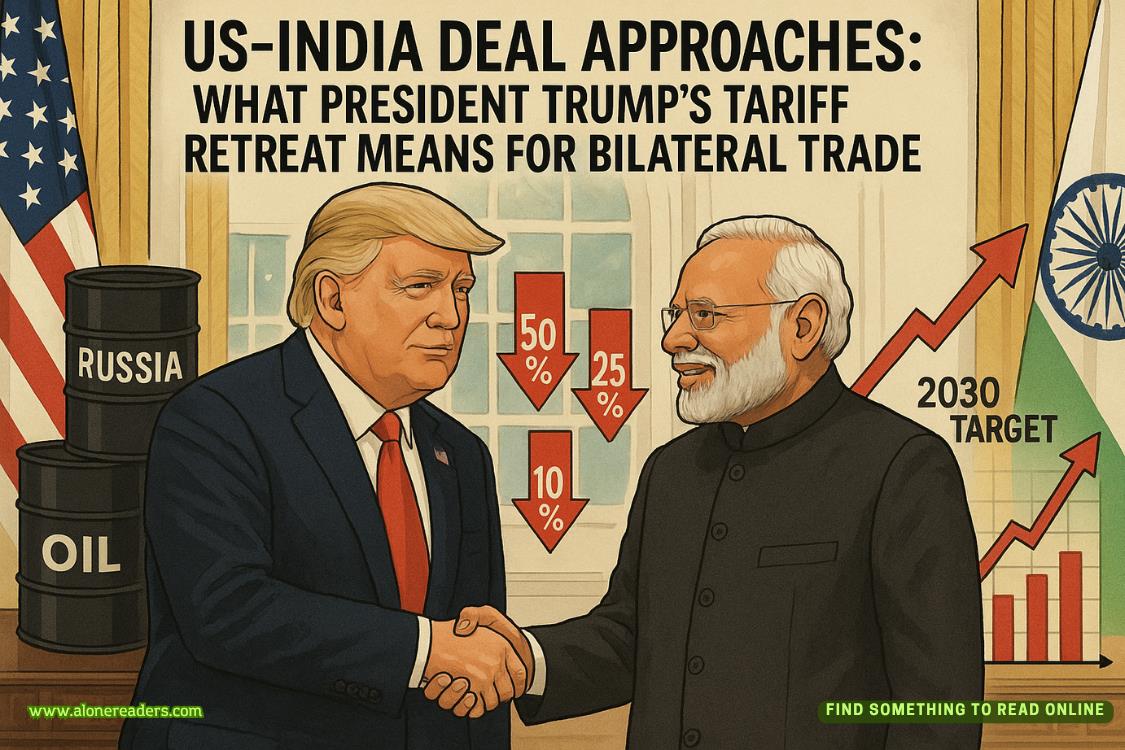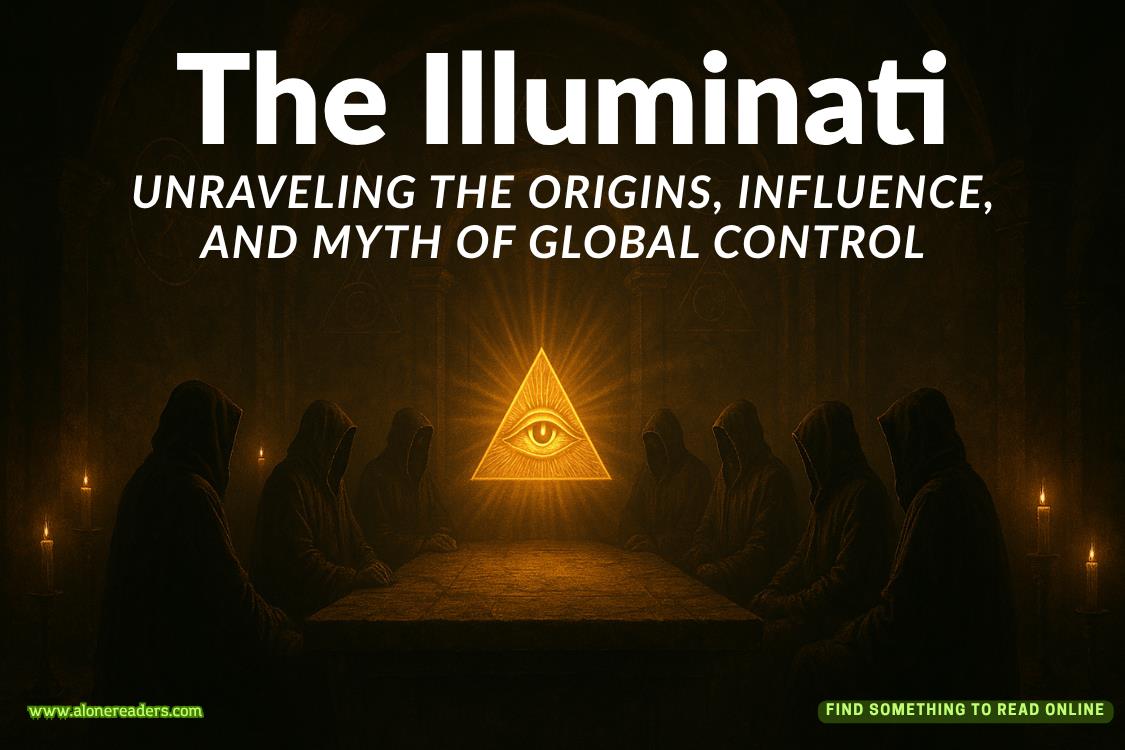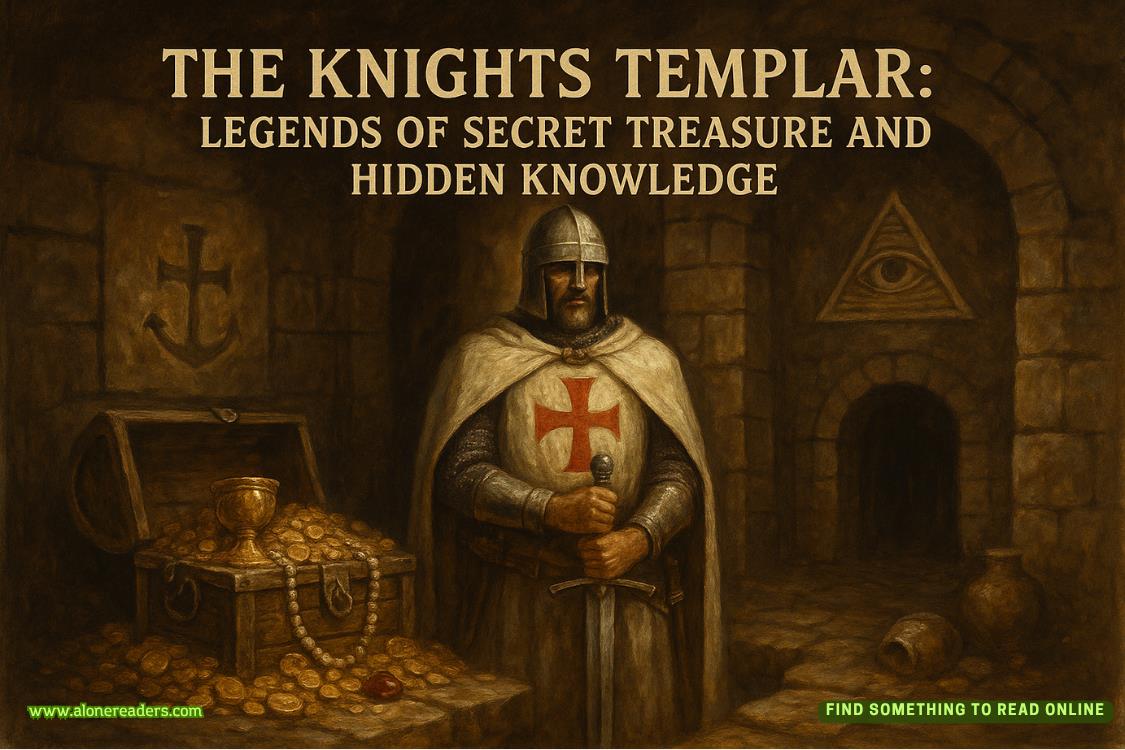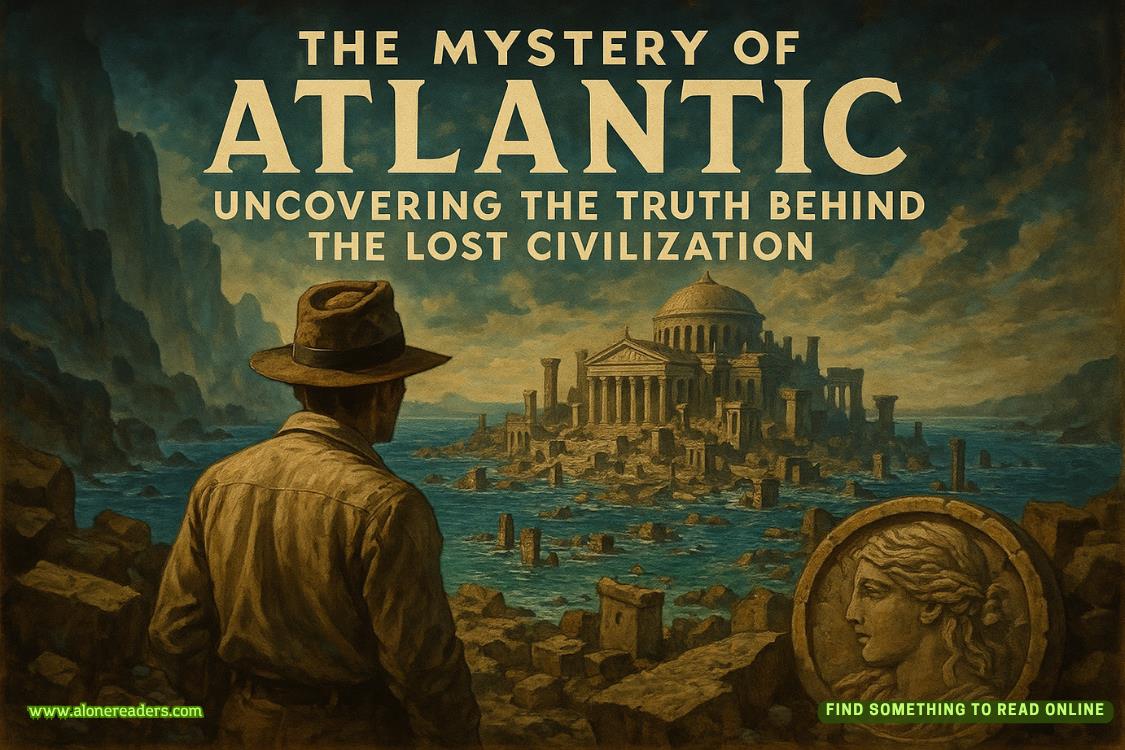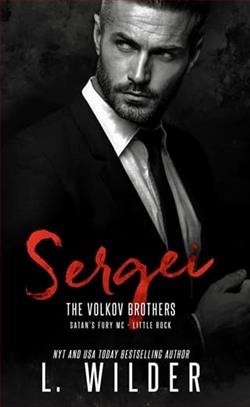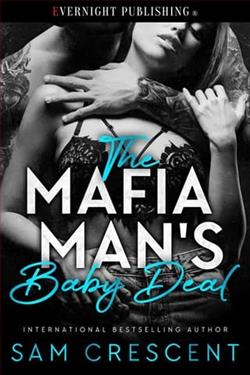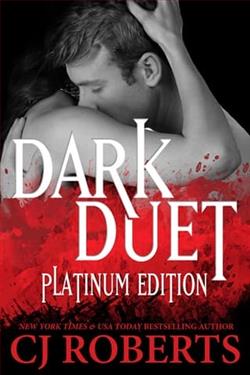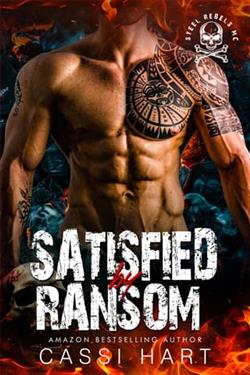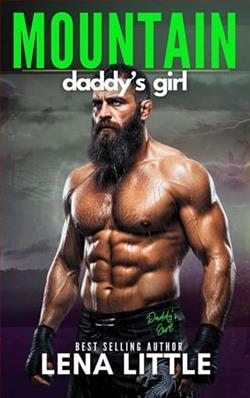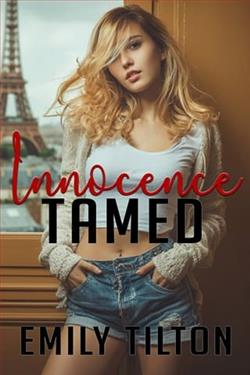Page 57 of Sizzle Reel
I shrug. “Someone running from the cops died in the eighties, and there are a couple stories about people falling and injuring themselves, but it’s not that common.”
I stop just short of the hiking trails down into Sunken City. There’s an absolutely gorgeous view of the remains and the ocean even from here.
“Oh my god,” Valeria mumbles as she pushes a stray hair out of her face. “Who does the art?”
I beam. It really is one of the coolest places in L.A.
Nearly every chunk of what was once a road or a building is now covered in neon splashes of graffiti and paint. It feels like a modern addition to the inherent art of the wrecked buildings and something that just appeared naturally, an eerie juxtaposition of mankind’s failures in architecture with its triumphs in visual arts. It’s like having an urban art exhibit drawn into the natural beauty of the sea cliffs.
“It started off as gang graffiti in the eighties, but it’s evolved. Now anyone can come and spray-paint. People even use acrylic now.
“C’mon,” I say. “There’s a rock here that I adore.”
I lead her down a hiking trail, over to a rock shaped like a lopsided T that used to be a chunk of road. It looks ready to slide off its base and into the ocean below, but it’s been reliable and steady since before my parents were born. It’s covered in a gorgeous coat of paint.
“You know, if this film thing doesn’t work out, you’d make a great tour guide,” Valeria says. “Do a guerrilla tour of L.A.”
I chuckle. “Thanks. Good to know I have options.”
The rock itself is maybe four and a half feet off the ground, and the only way up for short people like me is from a small rock that juts out next to it. It’s not close enough for the climb to be comfortable. I grab the top of the T, step up as far as I can using the helper rock, and scramble onto the road chunk’s surface belly-down like a worm. Valeria, who’s taller, climbs up with a bit less squirming.
But after a couple of seconds on the road piece, which is noticeably tilted away from the cliff, she’s gripping the surface. I giggle. “I swear, it’s not going anywhere.”
She takes off the backpack and hands it to me. Her hesitation melts away, and she crawls to the edge that overlooks the ocean. The palm trees in the area sway in the gentle breeze, and god, the sky around us is crystal clear. You can even see a little bit of Long Beach harbor to the south, the Queen’s Necklace to the north.
“Did I pick the right look, by the way?” she asks.
It’s an ultimately very casual look: a black cotton cropped T-shirt boasting the words BITE ME, high-waisted jean shorts, combat boots. She’s also brought a yellow-white-blue-purple flannel. Her makeup is a standard street look; her hair is teased to look artfully messy. Beach waves, or whatever it’s called. But yeah, even dressed this casually, she looks incredible. The bit of graphic in the shirt is already picking up the art around her.
God, I can’t believe I’m the one capturing her on camera.
When I was a child, my anxiety used to manifest as these out-of-the-blue sucker punch thoughts I couldn’t escape. The one I still remember, even all these years later, was about how irreversibly flawed human vision is. Eyes are just these highly vulnerable organs that are ruled by biological mechanics that are flawed when we’re born and only decline over time. So few people have perfect vision, and no two humans can truly know if they’re seeing the same thing when they’re looking at a palm tree–lined boulevard in L.A. Even with glasses and contacts and laser surgery, humans can never all be perfect in the same way.
But then there’s film. Cameras are, in fact, the perfect eyes. Every human with vision can look through footage captured by a camera and objectively see the same image. And the photographer knows that. Maybe that’s what I love about cinematography. When I capture something on film, I’m capturing the perfect version of a slice of my memory. Everyone can see what I see. Exactly what I see. They can see something more beautiful than they could with their naked eye.
When I see a movie done by a master cinematographer, I always get the same feeling: the breathless thrill of seeing beauty in our world. When I sat in an overpriced movie theater with Romy and Wyatt watching Holdo light speed–ram into that First Order ship, it was like time stopped. I want to be the one giving people new images, new conceptions of beauty. Looking at Valeria, I feel my heart flutter. I’m already imagining the pictures.
“Do you use a different skill set for photography?” she asks as I finish setting up my camera to capture some stills, maybe some moving images if the moments are right.
“A bit. Ultimately as a cinematographer, you need all the skills of a great photographer, but then you have to take it to the next level. You start integrating the image with motion—how will an actor look walking across a landscape, what scale do you want to use to emphasize the importance of a moment. But I can do both.” I smile. “I just have a preference.”
Valeria’s pretty much gone rogue in the minutes it’s taken me to set up the camera, and she’s now arching her back halfway over the edge, hanging upside down so she can see the ocean. I smile, walk over, get the stray hairs out of her face, and start shooting.
Once I’ve gotten all the shots I can from this rock, I set my camera somewhat close to the edge, jump off, grab the camera from the ground, and survey the angles.
“Did you happen to get a chance to talk to Brendan?” I ask.
She nods. “He wants to talk to you about it. Was this just an idea you had, or do you have concept art or footage or anything?”
My heart leaps. I thank god I have a brother. “I do.”
“Let’s watch it tomorrow before we shoot.”
My heart flutters. “Thank you.”
For a few moments, I just snap photos. I can’t believe that just…worked?
It did just work, right?


